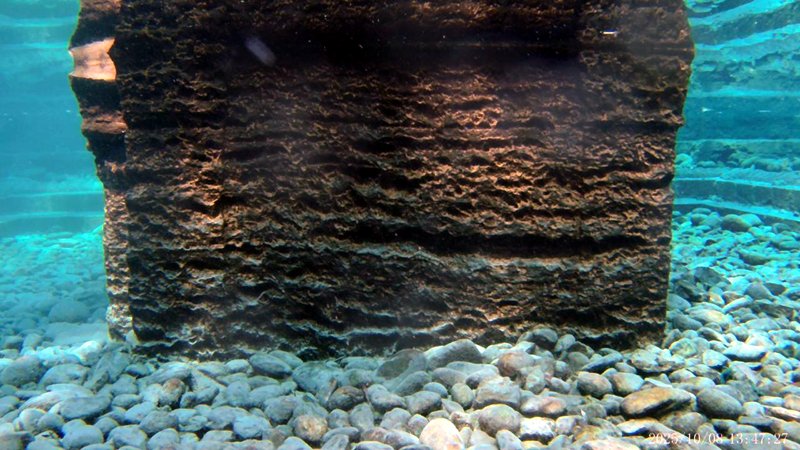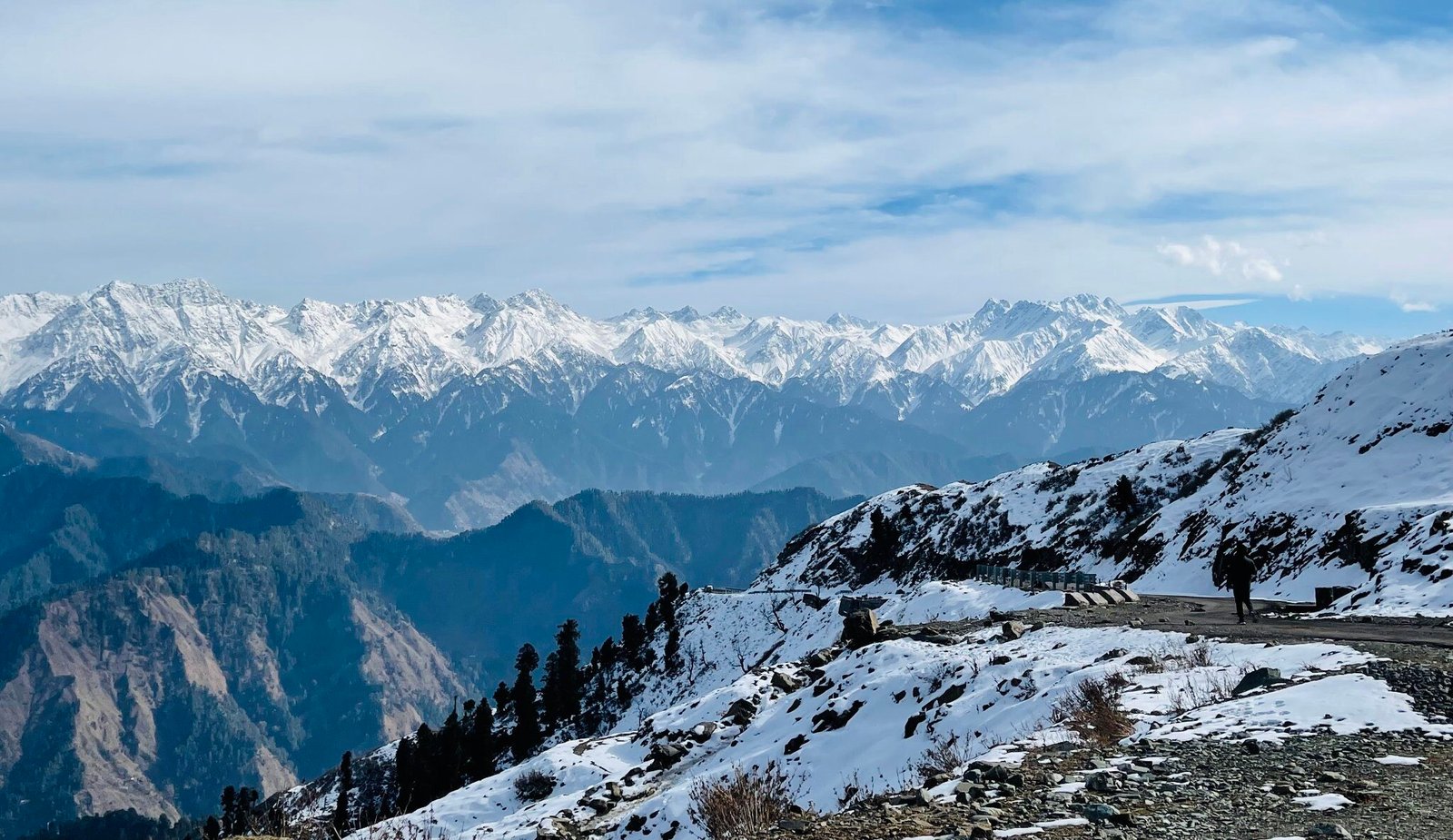In a remarkable breakthrough, the Archaeological Survey of India (ASI) has unveiled traces of an ancient submerged temple beneath Manasbal Lake in Jammu and Kashmir’s Ganderbal district. This underwater exploration marks a major stride in India’s archaeological history, revealing cultural and architectural secrets long concealed by the crystal-clear waters of one of Kashmir’s most beautiful lakes.
The investigation, led by Prof. Alok Tripathi, Additional Director General of ASI, was carried out by a team of trained underwater archaeologists and technical experts including Dr. Aprajita Sharma and Dr. Rajkumari Barbina from ASI, New Delhi.
Using state-of-the-art diving equipment, sonar scanning, and underwater cameras, the team conducted a systematic survey of the submerged structures. The goal was to document and assess the extent, preservation, and significance of these ancient architectural remains.
Preliminary results revealed stone foundations and structural remnants that suggest the presence of a temple complex, believed to date back several centuries. These findings could rewrite the historical narrative of Kashmir’s cultural and spiritual evolution.
Often referred to as the “Supreme Gem of All Kashmir Lakes,” Manasbal Lake is considered the deepest lake in India, plunging to a depth of 13 meters (43 feet). The name “Manasbal” is believed to be derived from Lake Manasarovar, reflecting its mythological and spiritual connection.
Surrounded by three picturesque villages — Jarokbal, Kondabal, and Ganderbal — the lake’s beauty is enhanced by vast blooms of lotus flowers (Nelumbo nucifera) during July and August. The nearby Mughal garden ‘Jaroka’, built by Empress Nur Jahan, offers a panoramic view of the serene waters, blending natural splendor with historic grandeur.
Manasbal Lake is also a birdwatcher’s paradise, attracting countless aquatic birds. Its ecological richness, combined with its newfound archaeological significance, makes it a priceless cultural and environmental landmark.
Scientific Documentation and Cultural Impact
The ASI’s Underwater Archaeology Wing is currently engaged in detailed scientific documentation and analysis of the findings. This ongoing research will determine the temple’s age, architectural style, and the possible civilization that constructed it.
This mission showcases ASI’s commitment to preserving India’s underwater cultural heritage through advanced technologies and interdisciplinary expertise. By merging science and heritage conservation, the ASI continues to protect and uncover India’s hidden treasures beneath land and water alike.
Read also: Ancient Hindu Idols Unearthed at Karkut Nag Temple Site
The discovery beneath Manasbal Lake not only amplifies the historical richness of Kashmir but also underscores India’s growing expertise in underwater archaeology. As the ASI continues its analysis, this submerged temple may soon reveal untold stories about the region’s ancient civilization, religion, and art.
With each dive, India’s waters are proving that history doesn’t just lie buried in the earth — sometimes, it rests quietly beneath the waves, waiting to be rediscovered.
















